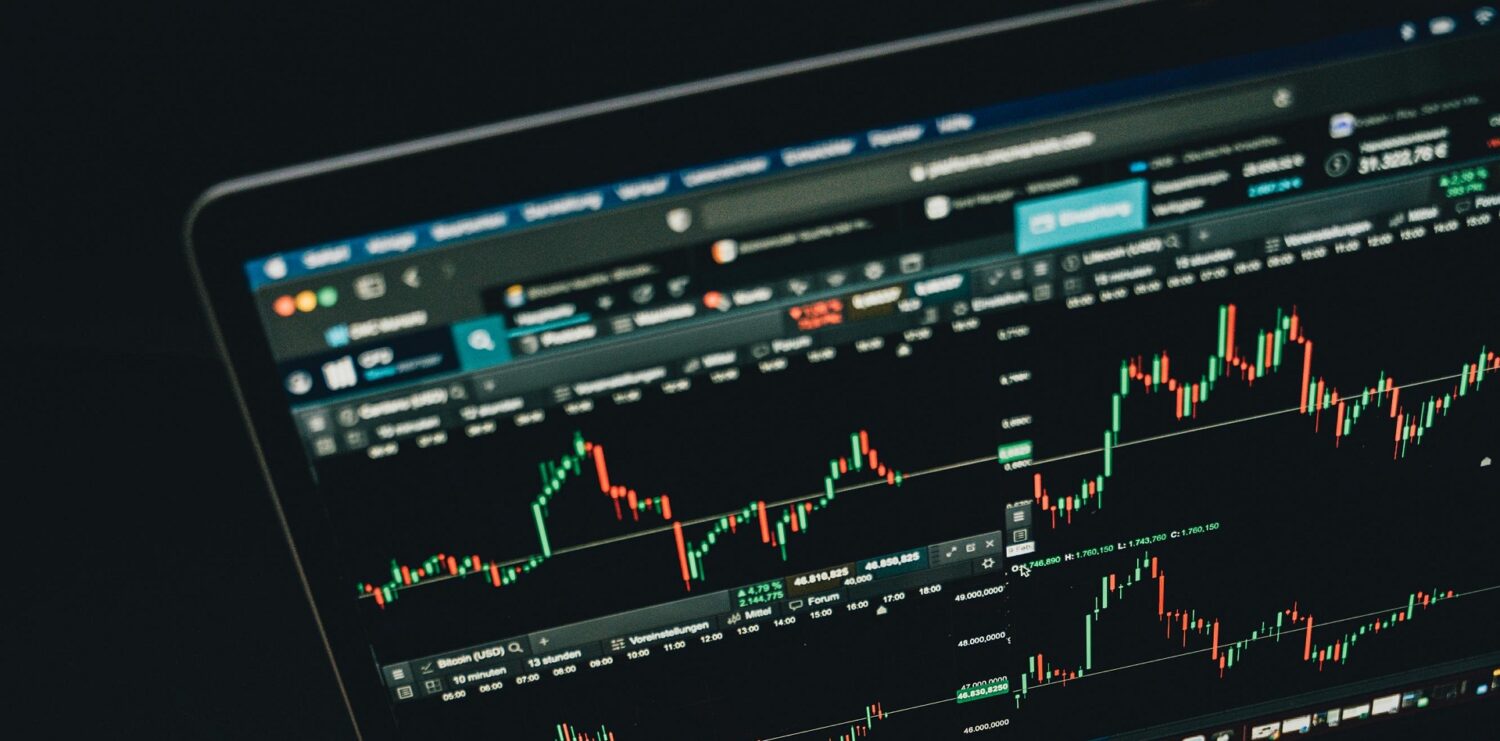SYDNEY, AUSTRALIA: ARN Media, an Australian media company that owns radio and outdoor advertising assets, has acquired a 14.8% stake in Southern Cross Media Group (SCA), a rival radio and television broadcaster, for $38.3 million. ARN Media, which is listed on the ASX (A1N), said in a statement on Tuesday that it sees the equity…
Alibaba announces leadership shakeup amid challenges, CEO Daniel Zhang steps down
Alibaba Group Holding, the Chinese e-commerce giant, announced on Tuesday that its Chairman and CEO Daniel Zhang will step down from those roles and focus on the cloud business, as the company faces regulatory hurdles and intense competition. Zhang will be replaced by Joe Tsai, the executive vice chairman, as the new chairman of the…
Exchange rates for GBP against major currencies on June 20, 2023
LONDON: The latest exchange rates for GBP against major currencies such as USD, EUR, JPY, AUD and more. Stay up-to-date on the latest fluctuations and trends in the GBP-exchange market. According to www.exchangerates.org.uk: GBP-EUR 1.1702 Pounds to Euros GBP-USD 1.2779 Pounds to Dollars GBP-NZD 2.0702 Pounds to New Zealand Dollars GBP-AUD 1.8788 Pounds to Australian…
Bitterroot Bio emerges from stealth with $145M to develop immunotherapies for heart disease
Bitterroot Bio, a biotech company that aims to develop immunotherapies for cardiovascular disease, has announced its emergence from stealth mode and a $145 million series A funding round, the largest-ever investment for a preclinical CVD-focused biotech. The Palo Alto-based company, founded by Drs Nicholas Leeper and Irving Weissman, is on a mission to revolutionize cardiovascular…
Opnfi and actyv.ai partner to offer B2B embedded finance solutions in emerging markets
Opnfi, a company that provides a B2B embedded finance (EmFi) platform, and actyv.ai, an AI-powered enterprise SaaS platform with embedded B2B buy now pay later (BNPL) and insurance, have announced a strategic partnership to bring EmFi solutions for businesses in high-growth potential markets in South Asia, ASEAN, the Middle East and Africa. The partnership will…
Sanctuary Housing Association explores business combination with Johnnie Johnson Housing Trust
LONDON, UK: Sanctuary Housing Association, one of the UK’s leading social housing providers, has announced that it has entered into discussions with Johnnie Johnson Housing Trust Limited, a not-for-profit housing association that specialises in retirement and supported housing, to form a business combination. The potential business combination would create a larger and stronger organisation that…
Eros Media sells music and OTT assets, focuses on film studios and Web 3.0
LONDON, UK: Eros Media World, a global Indian media and entertainment company, has announced a series of corporate restructuring updates following its delisting from the New York Stock Exchange in April 2023. The company has sold its music assets to a global music major entity and its OTT platform Eros Now to Xfinite Global PLC,…
How To Plan A Fun Golfing Event With Your Friends
Hosting a golf event with your friends is the perfect way to have fun, build camaraderie, and test each other’s skills! Planning a golfing event may seem like an intimidating task for some. Especially if you are unsure of where to begin – but it doesn’t have to be that way! From selecting a golf…
Berkshire Hathaway increases stake in Japanese trading firms
Berkshire Hathaway, the investment firm led by Warren Buffett, has increased its stake in five Japanese trading firms to an average of more than 8.5%. The companies involved are Itochu, Marubeni, Mitsubishi, Mitsui, and Sumitomo. The aggregate value of these interests surpasses that of Berkshire-held stock in any country outside of the United States, the…
Novo Nordisk to acquire BIOCORP for EUR 154.4 million
PARIS, FRANCE: Novo Nordisk, a leading global healthcare company, has announced that it has entered into a share purchase agreement with BIO JAG, the main shareholder of BIOCORP, to acquire 1,998,800 BIOCORP shares, representing 45.3% of its share capital and 62.2% of its theoretical voting rights. Novo Nordisk would also acquire concomitantly with, and subject…
KPN expands fiber network with acquisition of Primevest’s urban fiber network
AMSTERDAM: Leading Dutch telecommunications provider, KPN, has announced the acquisition of Primevest Capital Partners’ fiber network, bolstering its presence in major cities. The acquired network covers 127,000 homes in urban areas of The Hague, Rotterdam, and Eindhoven. This move aligns with KPN’s strategic goal of expanding its fiber network to cover approximately 80% of the…
Bravura Solutions announces CEO transition
SYDNEY, AUSTRALIA: Bravura Solutions Limited (ASX: BVS) (Bravura or the Company) today announced that Libby Roy will step down as CEO and Managing Director effective immediately. Roy will remain with the Company until 30 June 2023 to assist with the transition to a new CEO. The Board of Bravura has commenced a global executive search…
